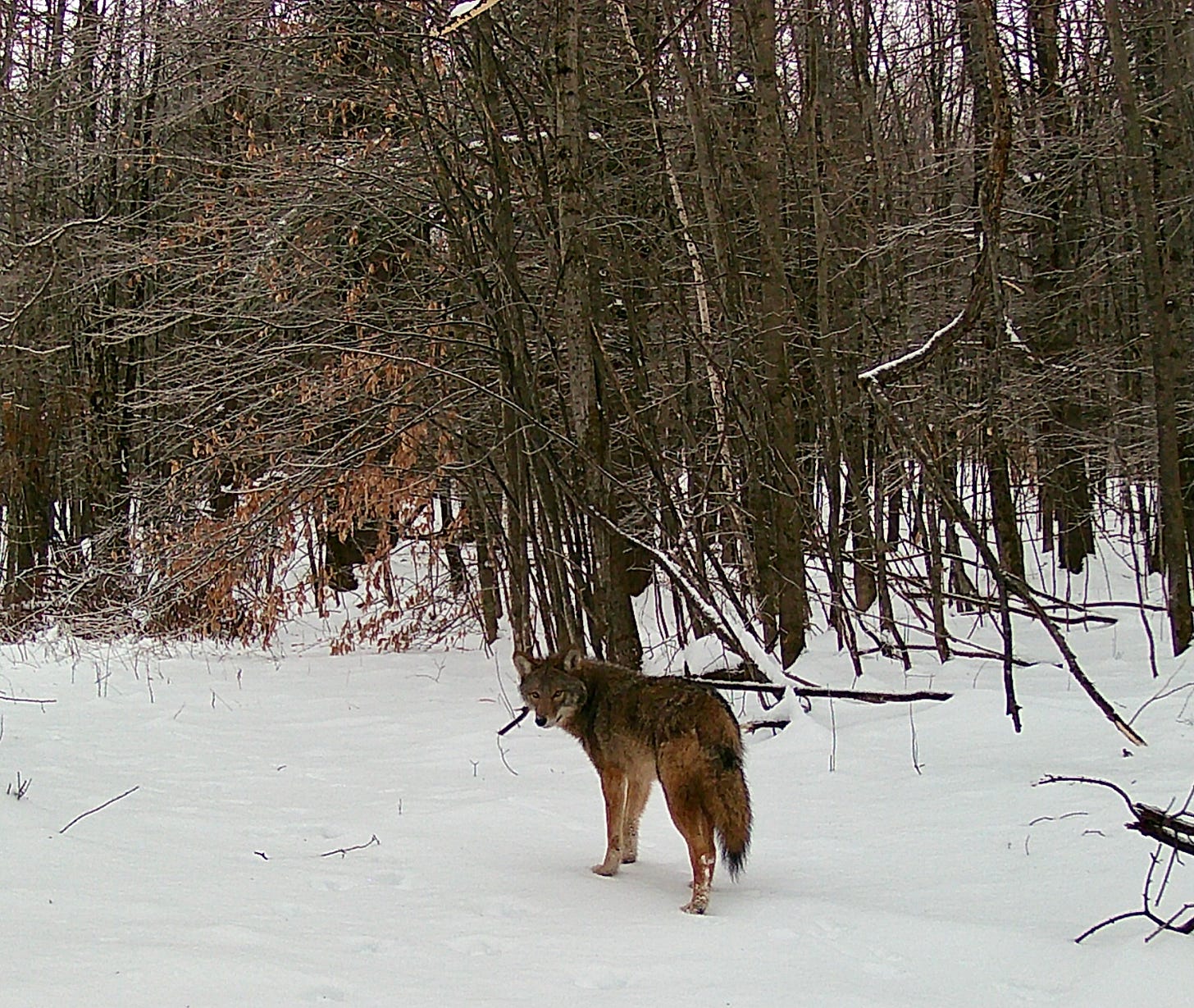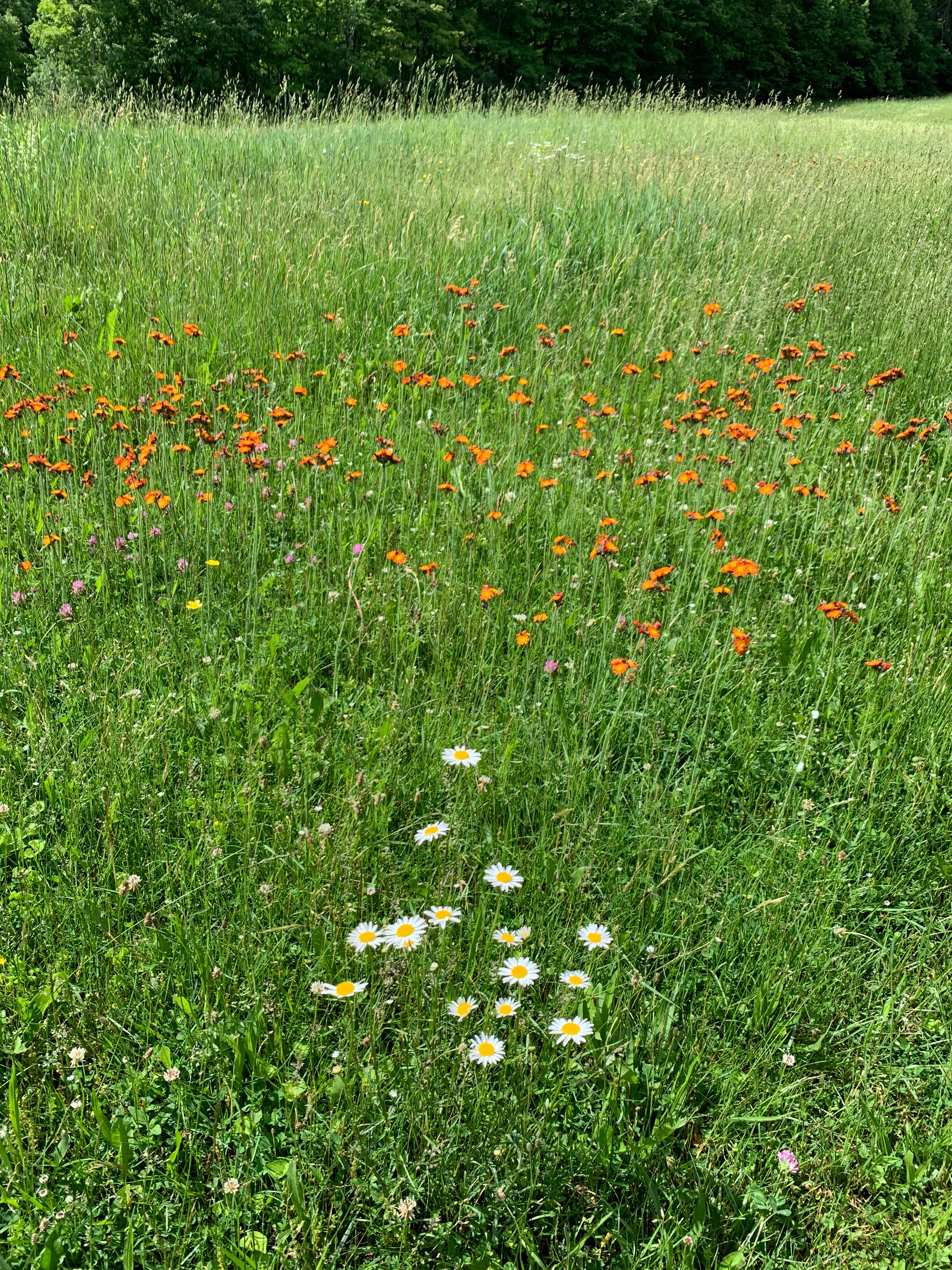Getting to work….on the house we’re not building
With the house site selected, it was time to start designing the house in the meadow.
Our first stop was to connect with our long time friend, Ed Hodges. Ed is the CEO of the architectural firm DiMella Shaffer, and some years ago he and his wife Alane designed the remodel of our current home in Arlington, MA. We had long discussed the idea of working together on a project like this, and were delighted he was willing and able to take this on1. We set to work outlining the basic programming of the house.
In parallel, I decided to take classes to help me be a better consumer of ideas on how to implement high performance building principles into our design. Several Vermont friends recommended I look at courses offered at Yestermorrow, a design/build school committed to sustainable building practices. I enrolled in their online Building Science and Net Zero Design Certificate (NZBD) class.
The NZBD class was a fantastic experience. The instructors were very knowledgeable and passionate about the topics, the curriculum was engaging and comprehensive, students and faculty had diverse experiences and backgrounds, and the expectation was that students apply the concepts of the class to individual design projects of meaning to them.
It was the perfect setting to try my hand at designing the meadow house in light of the programming we had discussed with Ed! Ed and I agreed to hold off on any discussion on design until the class was over. I didn’t want to “cheat” and have a skilled architect backstopping me, and he was confident the class would make me a better client.
The NZBD class was structured to allow frequent opportunities for students and faculty to provide helpful critique along the design process.
Our plan was upended in the first feedback session.
“Maybe the meadow should remain a meadow.”
I opened my first feedback session by talking about the land. I explained the features that made it ideal to build a new, high performance home, and gave a brief overview of the programming and performance goals. I briefly alluded to some history of the existing house across the road from the meadow where we planned to build.
And I expressed my appreciation for the land and its current inhabitants: a meadow full of wildflowers where I loved to sit and admire the monarchs, who can find there an abundance of the milkweed that plays such an important role in their life cycle. The comings and goings of coyote, deer, turkey, woodchucks, geese, mice, voles and many more in that very same meadow. The snow, mud and long grasses make a perfect template to see evidence of their movement throughout the seasons.
I felt, and I hoped I expressed, a deep appreciation for the beauty of that site.
Then came the questions. They started out simple enough:
2Can you orient the house optimally for solar and still have the features you want? Absolutely! Blank slate!
Does the site have good drainage? Yes, and the test pit data looked good for a septic system.
They probed further:
Is there a wind break from prevailing winter winds? Yes, the trees surround nicely on north and west of the proposed site.
Followup question: Are they deciduous trees, which will be less of a windbreak in winter? Ummm…yes. actually. All deciduous. Sugar maple and beech, mostly. Some ash, birch, etc.
How long is that proposed driveway? Long3. And I’ve been noticing that the lower part of the proposed driveway area stays wet for a lot of the year. Going to take some work to keep that dry, and the whole thing plowed in winter.
Followup question: Speaking of winter, where is drifting in winter relative to proposed house and driveway? Oh, the house site does not get very high drifts…in fact, now that I think about it, the snow blows away from there quite a bit when the winds are strong…and drifts down where the driveway is proposed….and the snow where it drifts melts off last because it is shaded…….
How long has that meadow been a meadow? At least 120 years, probably more, based on photos and accounts we have.
What will you do with the house that exists on the other side of the road? I don’t know. We hadn’t sorted that out yet. We’d originally thought we’d sell it and the land opposite once we’d built our Green Dream. But lately we have discovered that the land over there has more natural beauty than we’d initially appreciated….maybe we will rent it out? I guess I need to think about that a bit more.
At around this point, one of the instructors, Michael Goetinck, offered me a thought provoking comment and a lifeline.
The comment: It is almost always true that retrofitting an existing building has less environmental impact than building a new one.
This is when my heart caught up with where my head had gotten to some time earlier in the questioning. Was building the new house–the whole reason we had bought this property originally– really the right way to go? Maybe we should renovate the existing house? But that would mean giving up on a lot of what we had planned and imagined, wouldn’t it?
Michael must have seen the conflict in my expression. He offered me the lifeline: “I can see there are a lot of wheels turning for you. Maybe you and I could chat before next class?”
I took it.
On that subsequent call, Michael had a few more questions and thoughts to offer:
What do you think the impact on wildlife would be if you put the house in the middle of that highly trafficked area?

You mentioned earlier that one of your goals was to expand the base of folks in trades locally with experience in high performance building so that they are more comfortable offering these options to their future clients. Did you know that 90% of jobs in this area are renovations and retrofits? And in fact the greatest opportunities in emission reductions are to improve our existing housing stock? So, experience handling a retrofit will provide much more benefit in this regard.
Have you gotten an estimate on how much it will cost to bring a driveway, electric, and internet up to the house site? With the existing house, this is all there. So, all the money you save there can be either just saved, or put into other choices on the other side of the road “for free”. The answer, which I got later, was that it was a lot. Like over 140K. One can do a LOT with 140K, and most of it is a lot more satisfying than claiming you now have a driveway and power to an otherwise empty house site. Not to mention all the trees that wouldn’t have to come down, the energy not required to make and transport all the driveway material, the energy required for earthwork, etc.
Oh, and there is a reason old Vermont houses are so close to the road. Snow, to name one.
Maybe the meadow should remain a meadow, without a house in it. And you can enjoy the walks up to it whenever you want? Just like you do now.
He had a point. It is a lovely walk.
“Your job is to figure out why the people who built the house chose that spot.”
I took these thoughts to my wife Sophie. She pointed out that in the 6 months since we’d taken occupancy of the house, our view of the land, and particularly the existing house, had changed. We’d spent significant time working on the cosmetics and some system upgrades of the house, which gave us a new familiarity with both its charming and idiosyncratic features. But the most important shift was our growing association to the house and its history–and some surprising personal connections to elements of that history (the topic of the next blog).
Sophie told me she had noticed me speaking with ever-increasing enthusiasm of the 1782 farmhouse and the stories that surround it. I suspect she knew well before I did that we definitely weren’t going to be selling that house. And that the dissonance (absurdity?) of building a new “green” net zero home while also allowing the existing house, a very energy inefficient home, to continue to operate as such–whether we owned it or not–would catch up to us eventually. This was that moment.
Sophie pivoted immediately. In fact, she said she felt relief when we discussed doing an energy retrofit and expansion of the existing house. Dismissing an idea that eventually seems absurd can do that for you!
I wish I could say I was with her just then. But I had been imagining (and even started designing, with Ed) that house in the meadow since before we bought the property. It was our Green Dream, after all! It was going to take a little more work to shift my frame and imagine new possibilities.
It took five days.
I did two things in that time:
I walked around the land and scouted for any other spots that might afford a nice combination of solar exposure, views, and a short distance for a driveway and utilities. Aside from the area immediately across the road from the existing house, there were none. And building a new house directly across from the existing house made absolutely no sense.
I spoke with Ed. Ed was a terrific sounding board. He himself had invested time and mental energy in the meadow house design, so he understood my predicament. But the resonated logic of considering a retrofit of the existing house resonated, and he was willing to go along with a rethink. His last comment to me in that conversation helped reframe my thinking about what might lie undiscovered. He said, “The people who were building permanent homes in this region in the 1700s often had many choices of places to settle. There were important reasons why they built where they did. That spot likely has advantages you haven’t noticed yet. Your job is to figure out why they chose it.”
And so, we turned our attention to the house that is. To be open to the beauty of that place. To learn more about who had come before. And to imagine what might be possible going forward.
More on that next time, starting with a brief history of the house.
Ed authored a terrific blog series, summarized here, commemorating the 50th anniversary of the firm (it is now a book). The blog continues, with many authors, as Building Conversations.
I am paraphrasing and reordering a bit, to be sure, but the gist of these exchanges, and the line of reasoning and its impact on our thinking, is accurate
Later estimate was ~½ mile long, as it would wind its way up to and across the meadow




We will likely inherit a house in southern VT. The question, tear down and rebuild or retrofit, looms large. Reading your story is giving me hope that there’s a way forward, even if all the parties concerned don’t see that yet. So happy Sophie shared your blog on Facebook.
Well done Brian, looking forward to #4.